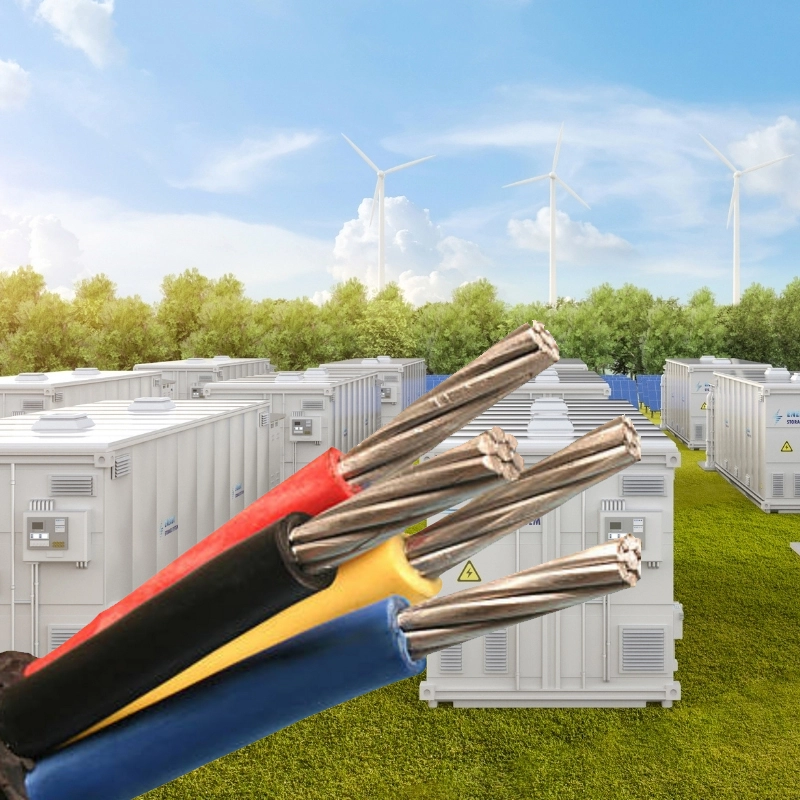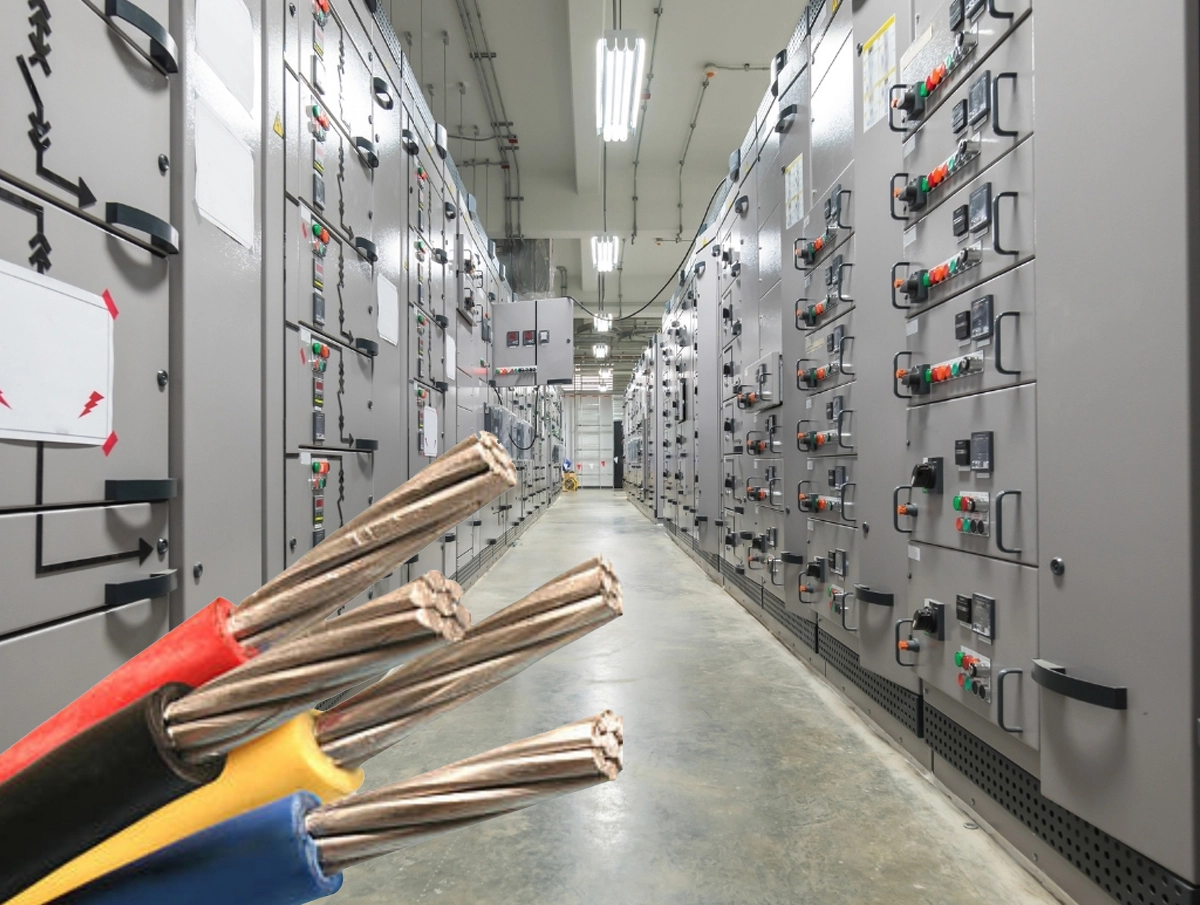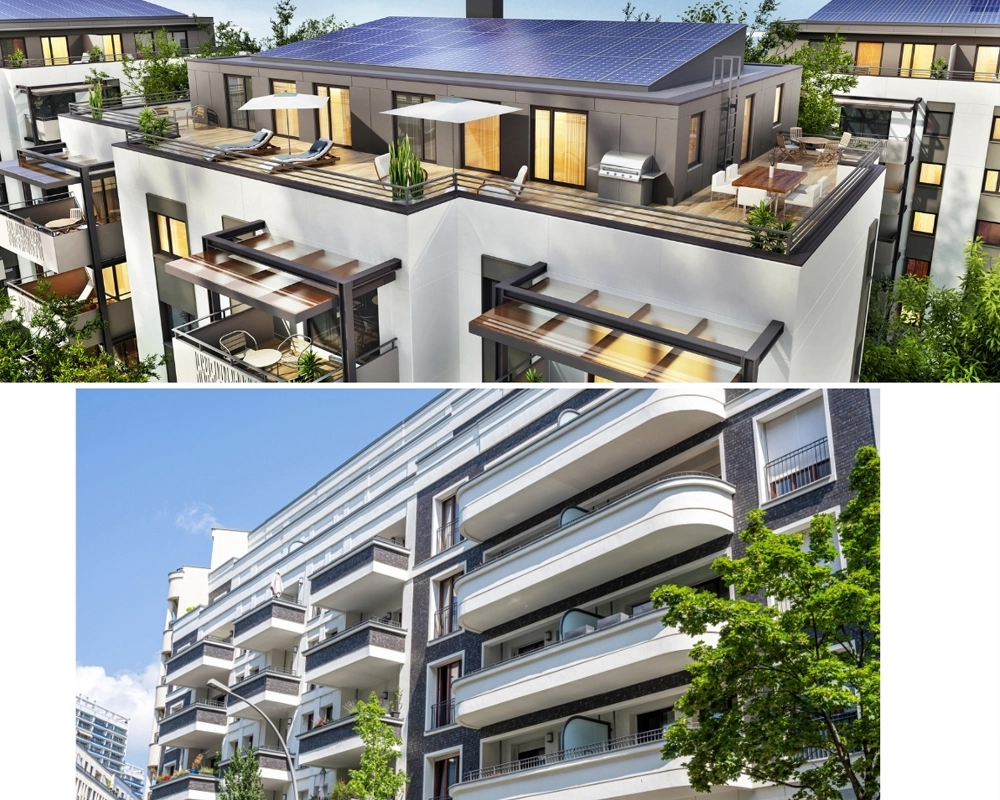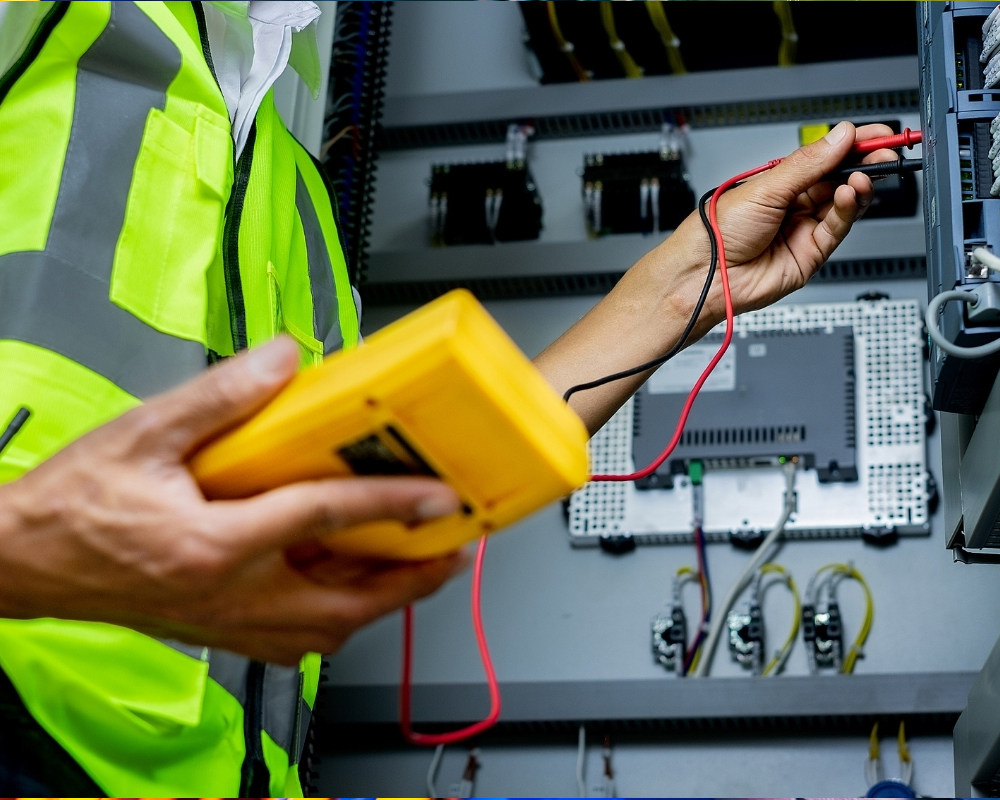- Home
- Power & Distribution Systems – Riyo Electricals Limited

Power & Distribution Systems
At Riyo Electricals Limited, we deliver an end-to-end solutions for power and distribution systems, consisting of design, engineering, supply, erection, testing, commissioning, and long-term operation and maintenance. Also, we specialize in Extra High Voltage (EHV), High Voltage (HV), and Low Voltage (LV) systems, and established as one of the most reliable partner for government utilities, industrial parks, Special Economic Zones (SEZs), smart cities, and renewable energy developers.
Taking into account the high demand for reliable and efficient power distribution infrastructure due to rapid urbanization, industrial expansion, and renewable energy integration, both utilities and industries require scalable, efficient, and compliant electrical systems.
Riyo Electricals Limited renders Power & Distribution System services—relating to design, engineering, supply, erection, testing, commissioning, and long-term operation & maintenance. We employ EHV, HV, and LV systems, that establishes us as one of the most trusted partner for government utilities, industrial parks, SEZs, smart cities, and renewable power developers.
We integrate engineering excellence, advanced technologies, and strict compliance with global standards (IEC, IS, IEEE), ensuring safety , reliability, and future scalability in the delivery of projects.
1.1 Supply, Installation & Maintenance of Transformers
Overview
Transformers affect the quality of power supplied, reliability of the system and costs of operation. At Riyo Electricals, we provide complete transformer solutions throughout the lifecycle- including procurement and installation, testing and maintenance.
Types Of Transformer
Transformer types that we deal with:
- Distribution Transformers (Up to 33kV): Typically used in residential colonies, hospitals, commercial complexes and institutional structures.
- Power Transformers (66kV to 220kV+): Used in industrial estates, utilities, and in renewable power evacuation systems.
- Special Duty Transformers:
- Solar/Wind step-up transformers
- Furnace duty transformers
- Indoor and fire-sensitive transformers of a dry type
Execution Process:
- Engineering & Planning:
- Transformer sizing and load analysis
- Planning of capacity according to projections of future growth
- Civil and foundation construction to fit in
- Supply & Logistics:
- Purchase of certified OEMs having type-tested certificates
- Special crane and transportation of heavy-duty transformers
- Installation:
- Base work, oil filtration, earthing and cabling assembly
- Testing & Commissioning:
- Resistance to insulation tests, load tests and grid synchronization
- Maintenance & Monitoring:
- Preventive maintenance
- Dissolved Gas Analysis (DGA)
- Hot-spot detection thermography
- AMC contracts with guaranteed uptime
Key Deliverables:
- Extended transformer life through proactive maintenance.
- Reduced breakdowns and minimized operational losses.
- Strict regulatory compliance to industry standards.




1.2 Expansion of Power Distribution Networks
Importance
With the rapid expansion of industries, scaling, and cities, the existing distribution networks often become overloaded and inefficient. This leads to voltage drops, tripping, and higher losses. Riyo Electricals uses strengthening and expanding existing networks to align with the laest demand while ensuring regulatory compliance.
Scope of Work:
- Extension of Feeders: Design and implementation of feeders to residential and industrial customers.
- Network Upgradation: Increase in switchgear, busbars, HT/LT panels and protective relays.
- Overhead-to-Underground Transition: Replacement of the old overhead lines of the system with underground cabling systems that are more aesthetically designed and safer.
- Renewable Energy Integration: Introducing the solar/wind power to the grid with synchronization panels.
- SCADA-Enabling Network Management: Utility and smart cities monitoring and automation.
Methodology:
- Load Flow Analysis: Using ETAP or equivalent software.
- GIS Mapping: Mapping of existing networks.
- Feeder Reconfiguration: To balance load.
- Redundancy Systems Implementation: To reduce downtime.
Deliverables:
- Increased Load Capacity: 20–40% without excessive investment.
- Reduced Downtime: Fewer outages and operational interruptions.
- Improved Power Quality: Enhanced reliability of supply.
- Future Scalability: Designed for 10–15 years of growth.

1.3 Substations (AIS, GIS & Hybrid) up to EHV Levels
Overview
Substations are the control centres of electrical networks. Riyo Electricals develops AIS (Air-Insulated), GIS (Gas-Insulated) and Hybrid Substations to 400kV EHV.
Substation Types:
- AIS Substations: Standard, economical, large space friendly.
- GIS Substations: Small, boxed, all-weather units, suitable for urban, space-constrained applications.
- Hybrid Substations: An integration of AIS and GIS in flexible layouts.
Execution Scope:
- Design Engineering: Load flow, short circuit, and protection studies.
- Civil Works: Control rooms, trenches, foundations, fire safety systems.
- Electrical Works: Supply and erection of CTs, PTs, breakers, isolators, transformers, switchgear.
- Automation: SCADA integration, remote monitoring, and IoT-enabled systems.
- Testing & Commissioning: High-voltage tests, protection relay calibration, synchronization with grid.
Benefits:
- Reliable and efficient grid management.
- Reduced transmission losses.
- Smart-grid readiness.
- Compact design for urban deployment (GIS).




1.4 Load Analysis, Distribution Optimization & Power Factor Correction
Overview
We ensure efficiency in load management with the help of cost reduction, system stability, and regulatory compliance. Low power factor and unbalanced loads might be subjected to significant penalties and energy losses.
Our Services:
- Load Flow Studies: The studies are simulations to mimic the future load demand.
- Harmonic Analysis: Determining distortions as a result of VFDs, UPS, etc.
- Power Factor Correction: Design and construction of APFC panels and capacitor banks.
- Harmonic Filters: Active and passive solutions for sensitive loads.
- Energy Audits: Determining losses and inefficiencies.
- Optimization Strategies: Feeder optimization, transformer tap optimization.
Deliverables:
- Improvement to utility-level power factor.
- Do away with penalties imposed on DISCOMs.
- Cutting of total energy expenses.
- Extend the use of equipment with a reliable power quality.
Why Riyo Electricals Limited?
- Turnkey Expertise: One-stop engineering to commissioning single-window solutions.
- Compliance: All projects are completed according to IEC, IEEE, IS and utility regulations.
- Technology Focus: SCADA, smart grids and Internet of Things solutions.
- Experience: Effective implementation of projects in India in the utilities, industries, and infrastructure.
- Sustainability: Future-proof and energy efficient designs.
Frequently Asked Questions (FAQs)
1. What types of power distribution systems do you provide?
We offer a complete package in terms of Extra High Voltage (EHV), High Voltage (HV) and Low Voltage (LV) systems. The type of services we provide, is between design and engineering services and installation, testing, commissioning, and maintenance.
2. What industries do you serve with your power distribution systems?
Our clients include government utilities, industrial parks, Special Economic Zones (SEZs), smart cities and renewable energy developers. We create systems that fulfil particular requirements of each segment.
3. How can I determine the right transformer for my needs?
We do a thorough analysis of the demand in terms of load of the transformers at Riyo Electricals to get the right size and type of transformers. We take into consideration your present and future energy needs so as to be able to give the most suitable solution to your particular needs.
4. What is the process of installing a transformer?
- Engineering & Planning: Requirement engineering load demand and analysis.
- Supply & Logistics: Procuring transformers of certified manufacturers.
- Installation: Foundation, oil filtration, earthing and connection with switchgear.
- Testing: Testing insulation resistance and load testing.
- Maintenance: Preventive maintenance and control.
5. How do you integrate renewable energy sources into existing power grids?
We have expertise in renewable energy integration, followed by the addition of solar and wind power into the existing grids. We offer services relating to synchronization panels, ensuring seamless and efficient integration of renewable energy with the traditional power systems.
6. How do you ensure the safety of your electrical installations?
Safety is our top priority. We comply with the best safety standards, such as IEC, IS, and IEEE standards. Our projects involve high safety standards, which include good grounding, frequent testing and use of safety measures like lock-out/tag-out (LOTO).
7. What is SCADA, and how does it benefit power distribution systems?
SCADA (Supervisory Control and Data Acquisition) is a network management system that does real-time monitoring and automation of power distribution networks, and provides assistance in detecting faults, reducing downtime, and improving system reliability by remotely managing and controlling grid operations.
8. How often should I conduct maintenance on my electrical systems?
Go for preventive maintenance for your electrical systems at regular intervals to prevent unplanned outages. For example, transformer maintenance, load monitoring, and insulation testing. We can assist you schedule maintenance based on your needs.
9. Can you help upgrade my existing electrical distribution network?
Yes, we use upgrading existing electrical distribution networks such as feeder line extensions, network upgradation, and transitioning from overhead to underground lines, taking into account the growing demands to ensure safety, aesthetics, and efficiency.
10. What is the expected timeline for completing a power distribution project?
The timeline varies depending on the complexity and scope. Usually, transformer installations and network upgrades take a few weeks to a few months. While in the case of substation construction, the time taken might be several months to a year. We ensure that completion is done within a reasonable time period, without compromising quality.
